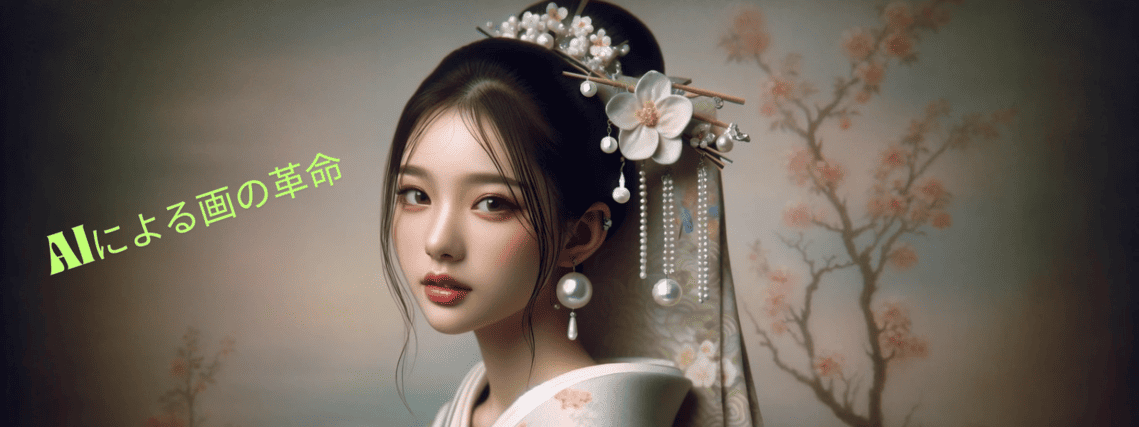Index of Original-Masterpiece Artists.
2025.06.23投稿
This page organises our reinterpretation articles by historical era and artistic movement. Scroll or use the table of contents to jump to the period that interests you.
Table of Contents
- Proto-Renaissance & Gothic
- Renaissance Highlights
- Baroque & Beyond
- Romanticism
- Realism
- Neo- & Post-Impressionism
- Symbolism & Art Nouveau
- Modern & Contemporary
- Bonus: Printable Coloring Pages
◆ Proto-Renaissance & Gothic (c. 1200-1400)
The late Middle Ages saw Italian painters shift from Italo-Byzantine stylisation toward naturalistic space and human emotion. Cimabue’s Madonna Enthroned is a milestone in that evolution. :contentReference[oaicite:0]{index=0}
- Reinterpreting Cimabue’s “Madonna Enthroned”: A Sacred Symbol Raised on the Battlefield (c. 1280 original)
◆ Renaissance (15th – early 16th centuries)
Humanism, linear perspective, and classical ideals define this era—from Botticelli’s mythic grace to Michelangelo’s monumental frescoes. :contentReference[oaicite:1]{index=1}
- A Japanese-Style Mona Lisa? (da Vinci, 1503-06)
- Reinterpreting Michelangelo’s “The Creation of Adam”: The Revival of Art Amidst Ruin (1511)
- Raphael Painting Madonna della Sedia (Reinterpretation) (1513-14) :contentReference[oaicite:2]{index=2}
- Colour the Birth of Venus – Free Printable PDF for Adults (Botticelli, 1484-86)
◆ Baroque (17th century)
Verdant light-and-shadow theatrics, rich colour, and dynamic diagonals typify Baroque masters such as Vermeer. :contentReference[oaicite:3]{index=3}
- Girl with a Pearl Earring – Free Adult Coloring Page (Vermeer, 1665)
◆ Romanticism (1800-1840s)
Revolutionary passion, the sublime, and psychological extremes dominate—from Delacroix’s allegories of freedom to Goya’s nightmarish myth. :contentReference[oaicite:4]{index=4}
- Reinterpreting “Liberty Leading the People”: Revolution Amidst a Grand Banquet (1830)
- Reinterpreting Saturn Devouring His Son: A Dialogue Between Light and Madness (1819-23)
◆ Realism (mid-19th century)
Artists such as Millet portrayed ordinary labour with dignity, challenging salon taste. :contentReference[oaicite:5]{index=5}
◆ Neo- & Post-Impressionism (1880-1900)
From Seurat’s pointillist science to Van Gogh’s emotive colour, late-century painters expanded the boundaries of perception. :contentReference[oaicite:6]{index=6}
- A Dystopian Reinterpretation of A Sunday Afternoon on La Grande Jatte (Seurat, 1884-86)
- Sunflowers Coloring Page for Adults – Free PDF Download (Van Gogh, 1888)
- Van Gogh’s Life and Masterpieces Explained | Reflecting on His Birthday, March 30
◆ Symbolism & Art Nouveau (1890-1910)
Dream imagery and sinuous natural forms converge in works by Klimt, Munch, Redon, and Mucha. :contentReference[oaicite:7]{index=7}
- On a Hill Lined with Crosses: Klimt Painting ‘The Kiss’ (1907-08)
- The End of a Scream: A Reinterpretation of Edvard Munch’s Iconic Painting (1893)
- Reinterpreting “Wildflowers in a Long-Necked Vase”: A Phantom Bouquet on a Stage of Emptiness (Redon, c. 1905)
- Reinterpreting Alphonse Mucha: Beauty Between Nature and Decay (1896)
◆ Modern & Contemporary (20th century →)
From Warhol’s consumer-culture Pop to Alma-Tadema’s neo-classical revival in the Victorian era, the modern age multiplies styles and media. :contentReference[oaicite:8]{index=8}
- Reinterpreting Pop Art: The Shot Marilyns (1964)
- The Artist in a Glass Case: Reinterpreting The Roses of Heliogabalus as a Metaphor for Art Imprisoned (Alma-Tadema, 1888)
◆ Bonus – Printable Coloring Pages
Relax and engage with art history through colouring sheets derived from Renaissance gems and Post-Impressionist icons.
- Colour the Birth of Venus – Free PDF for Adults
- Sunflowers Coloring Page – Free PDF
- Girl with a Pearl Earring – Free PDF
Original dates follow leading museum or catalogue-raisonné sources; see citations for details.
